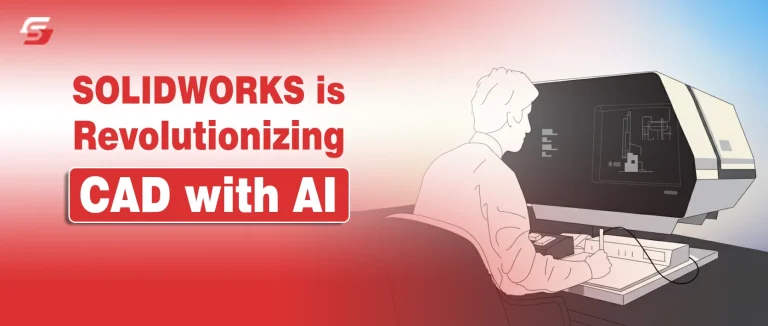When you want to tackle a project, most people will tell you that the planning phase is just as important as the execution of the plan. For this reason, many professionals in project design have valued precision historically. In the 1950’s, this meant that they would get out their drafting table and use several tools to map out the most accurate blueprint they could provide.
However, decades later, in 1982, the accuracy of project design skyrocketed with the introduction of the Unix System. Calma released the Dimension III system, the first digitalized workspace for mapping projects. Because of the digital nature, project designers were now swapping out their pens and blueprints for keyboards and styluses.
While this was a major leap at the time, it was still clunky and could be further refined. And, in 1996, Silicon Graphics Inc. did exactly that with their release of the Indigo2 IMPACT R10000. This new release included improvements across all aspects of this technology. The size of the hardware shrank dramatically, looking much more like today’s computers. Additionally, the CAD software was updated for easier use, and its cost was under half that of the Dimension III Systems.
While the Indigo2 Impact R10000 was a major improvement on its predecessor, the Aspire (575LB) from Acer blew both models out of the water. Firstly, the CAD software was developed to use Windows and Linux operating systems, rather than other models which had their own unique software. This made the process of learning CAD software much easier for new users since they were partially familiar with how to use the hardware. Moreover, the CAD software SOLIDWORKS was much more intuitive than any previous models and the cost per seat was just $2,500, which is less than a third of Indigo2 cost.
Since its release, SOLIDWORKS has exploded in popularity and continued to be one of the most popular CAD programs. Fortunately, they are making their software even more user-friendly with their integration of AI. SOLIDWORKS Companion AI can learn from user behavior and provide predictive feedback during the modeling process. It can even turn an image into a CAD sketch, or create 2D drawings from your 3D model. Regardless of what you’re trying to make in CAD one thing is for certain. Taking advantage of SOLIDWORK’s AI is the easiest way to get your questions answered and help speed through the project design process.

Source: SolidWorks











